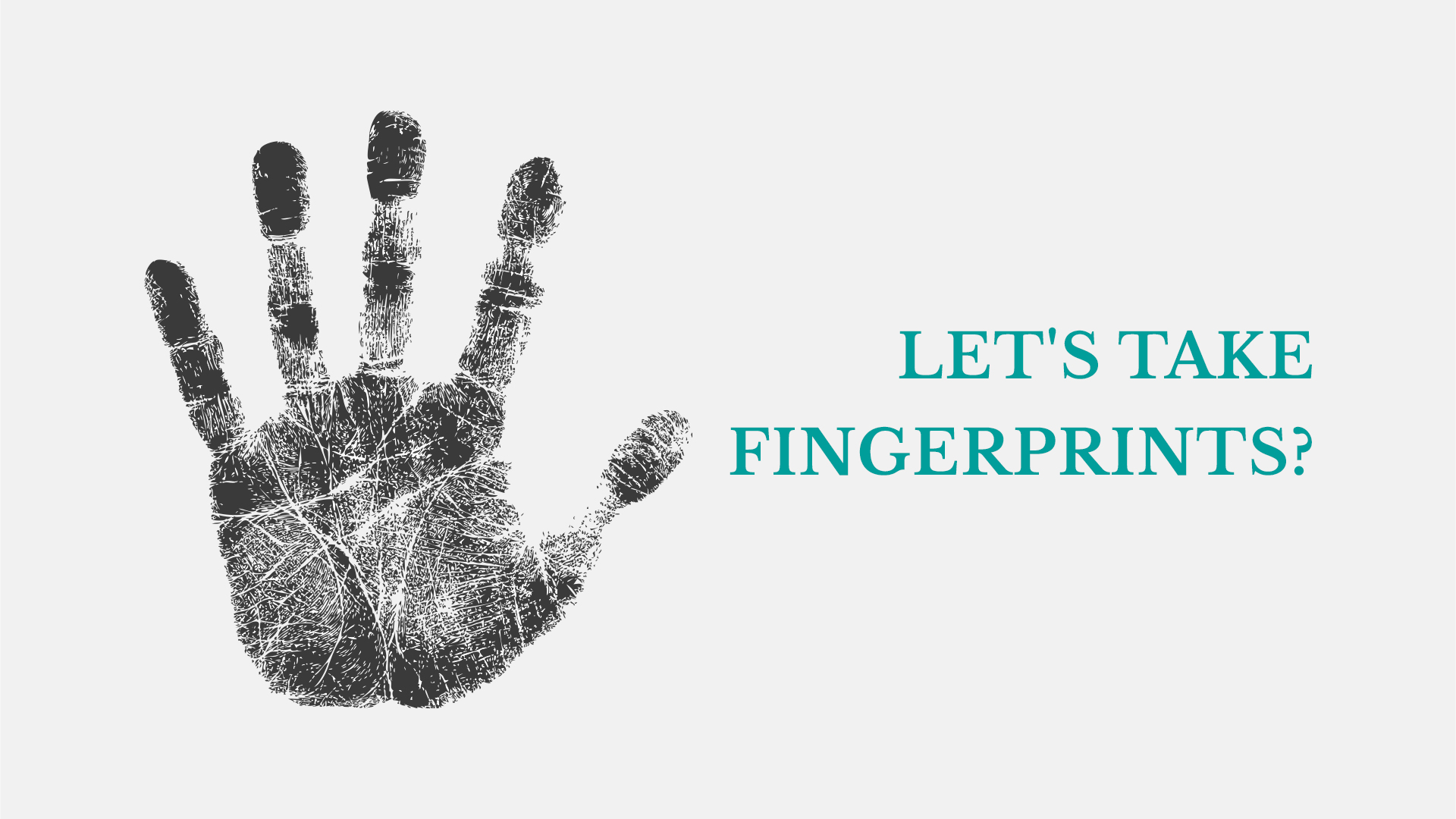An innovative technology that allows for precise and detailed 3D images of the mouth, replacing traditional impressions. This tool improves diagnostic accuracy, reduces patient discomfort, and speeds up treatment times, ensuring a more comfortable experience and optimal results.

Modern dentistry increasingly relies on digital technologies to perform less invasive, more effective, and predictable treatments, leading to a significant improvement in patient well-being.
One of these tools is unquestionably the digital intraoral scanner, which has become a regular part of dental practice in recent years.
Thanks to this technology, it is now possible to capture the morphology of the teeth and soft tissues without the need for traditional, uncomfortable alginate or silicone impressions.
INTRAORAL SCANNER: HOW IT WORKS
The procedure is simple and quick. The scanner’s tip is inserted into the patient’s mouth, and then it is slowly moved inside the oral cavity, passing over the surfaces of all the teeth. To properly record the occlusal relationships between the two arches, a final scan is performed with the teeth closed. Once this process is complete, the scan is finished.
The intraoral scanner is equipped with a three-dimensional measurement system that projects a light beam onto the surface to be examined. The high-resolution cameras within the tip capture the distortions of the structured light as it comes into contact with the object and create the final image.

The result is a 3D representation of the entire oral cavity. In just a few minutes, a digital image is produced that can be immediately shown to the patient or electronically sent to the trusted laboratory.
ADVANTAGES OF THE INTRAORAL SCANNER
The 3D scanner is used in various fields of dentistry. During the first consultation, it provides an overview of the mouth for both the patient and the dentist, which is useful for preliminary diagnostics and for planning interventions or treatments to be performed; this way, it helps maintain a record of the patient’s oral health.
The scanner is also used instead of traditional dental impressions to create prosthetic restorations, veneers, inlays, and even aligners for orthodontic treatments such as Invisalign.
Finally, the intraoral scanner has zero environmental impact, as digital models are virtual and do not need to be physically discarded, unlike traditional impressions which are turned into plaster models.

BENEFITS FOR PATIENTS ARE NUMEROUS:
- Less invasiveness: Unlike traditional impressions, the scanner eliminates the gag reflex and, thanks to its high accuracy, reduces the risk of manual errors that could require to take a new impression.
- Reduced waiting times: Scans are sent in real-time to the dental laboratory, speeding up the production times of prosthetic works.
- Increased patient involvement: The patient can directly view the digitized scan, which, due to its colors, is easily understandable, allowing them to be more actively involved in the treatment plan.
However, it is important to remember that there is no ideal solution for every situation. In some cases, the morphology of the patient’s mouth or the type of prosthetic work to be performed (such as with full dentures or rehabilitation on multiple elements) may not allow for simple reading via the intraoral scanner. In such cases, “physical” information will still be needed, and traditional impression techniques will have to be used.
